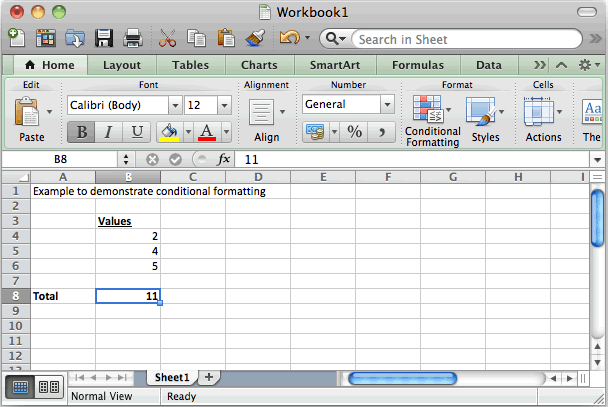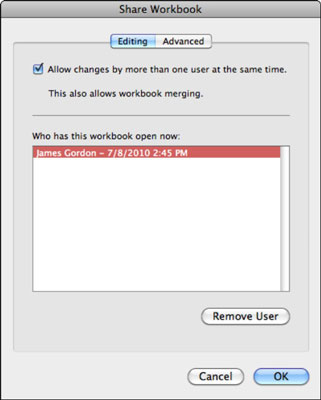

You could also use formulas in column B to pull out the values that are within the desired range. (The Data tab of the ribbon should still be displayed.) Excel removes the filter you previously applied. Press Ctrl+C to copy the cells to the Clipboard.Excel limits what is shown to only those rows that meet the criteria you specified in steps 4 through 6. In the Less Than or Equal To box, enter 100.In the Greater Than or Equal To box, enter 65.Excel displays the Custom AutoFilter dialog box. Click the down-arrow and choose Number Filters | Between.Excel adds a filter drop-down arrow at the right side of the column A header. Excel sorts all the numbers in the column based on the values in column E.Īt this point the values in columns A and B reflect their original order, from when they were all in column A.Īnother way to move the cells is to use the filtering capabilities of Excel. Click the Sort Smallest to Largest tool, in the Sort & Filter group.The Data tab of the ribbon should still be displayed.Excel sorts all the numbers in the column based on the values in column B. Press Ctrl+V to paste the cells into columns D and E.(It is important to select cell D1 because you need to leave column C blank.) Select the numbers in column A that you want to move, along with the numbers to the right of them in column B.Then, below that in column B put a 2, then a 3, and so on, until each value in column A has a corresponding value in column B that indicates the numbers location. To the right of the first value in column A, put the vaue 1. If you need to keep the values in column A in their original order (minus the values you want to move), you can do it by using column B as a "place retainer" column. If you simply wanted to copy the cells, then in step 5 you could have pressed Ctrl+C instead. That's it you've now got the desired cells into column B.

Excel mac 2011 filter search for more than one word series#
Robert has a series of numbers in column A that range from 1 to 100.


 0 kommentar(er)
0 kommentar(er)
